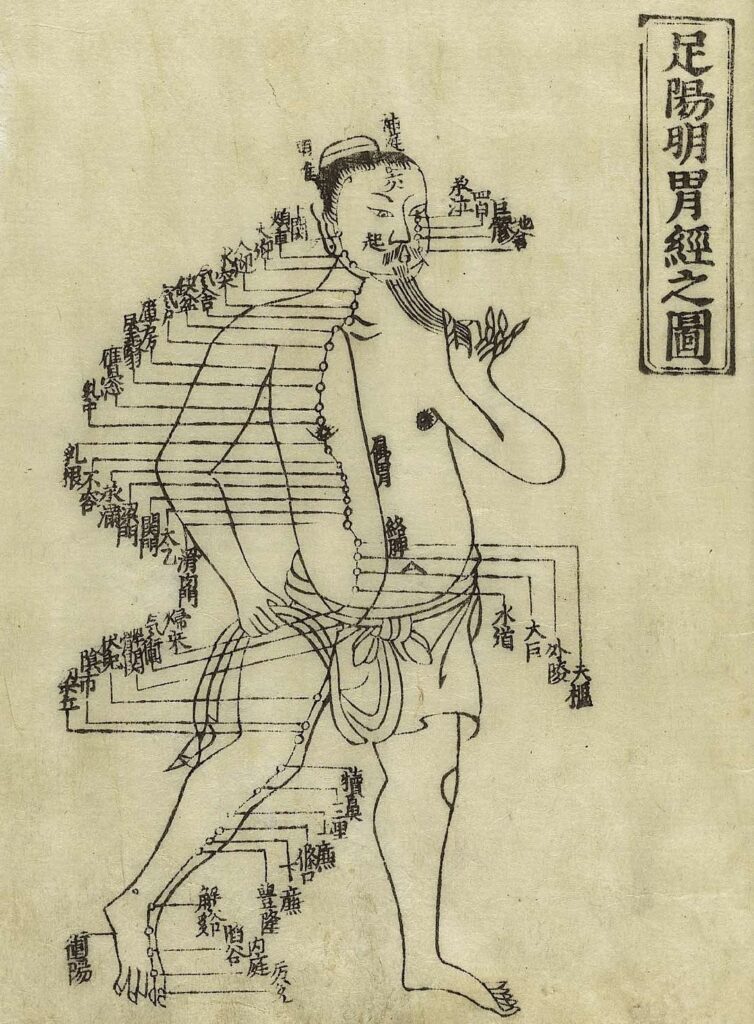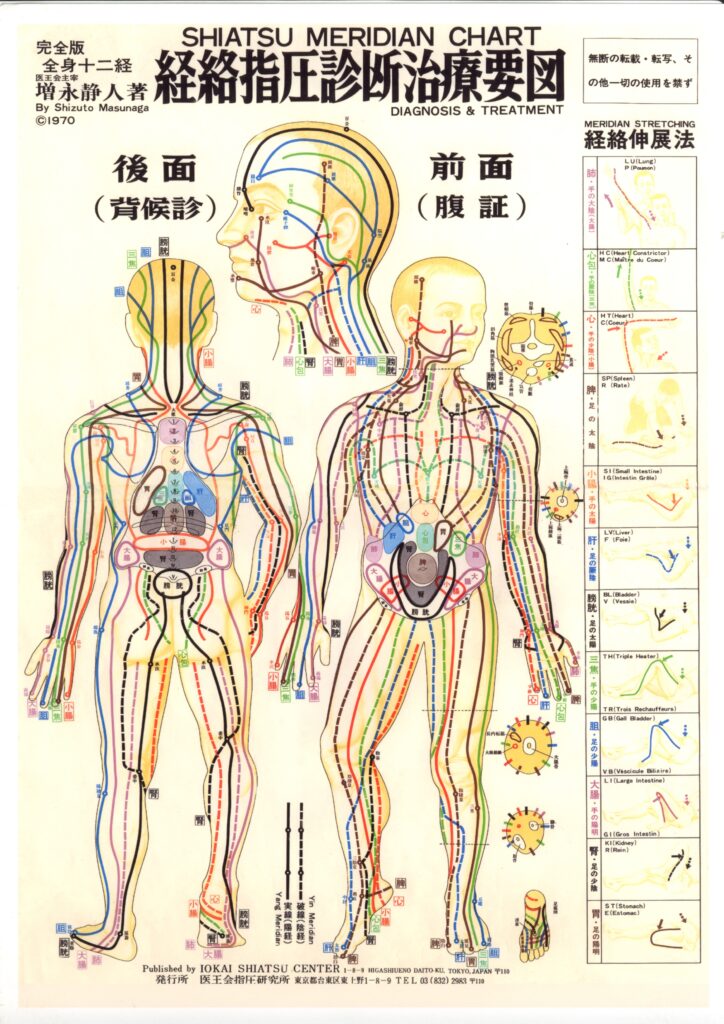Acupuncture is a branch of Chinese medicine that has been used for over two thousand years with proven, consistent, and effective results. It is based on energy known as Qi, which flows along pathways throughout the body. These pathways, which are commonly called meridians, have junctions and points along them which have been meticulously documented by ancient practitioners and are the same pathways and points that are used by practitioners today.

For those who seek long-term relief from a variety of ailments but cannot undergo traditional acupuncture due to the use of needles which are inserted into the exposed skin, Shiatsu or Acupressure can be a great alternative, and just as effective.
Both shiatsu and acupressure use the same meridian pathways and points as acupuncture, but rather than using needles to stimulate or sedate the points, thumb, finger, or elbow pressure is used.
Are shiatsu and acupressure the same? No.
Acupressure is practiced similarly to traditional acupuncture, where the patient is laid on their back, front, or side, but in acupressure, the patient remains fully clothed throughout the session. The classical (ancient) meridians and a selection of points on the body are then used based on the patient’s diagnosis.

Shiatsu therapy can be practiced in various positions. An initial patient diagnosis forms the basis of the treatment, and a combination of acupuncture points, classical meridians, extended meridians, and physical therapy techniques are used to help clear blockages and create balance within the meridian system. Like acupressure, the patient remains fully clothed throughout the session. Shiatsu can be dynamic and invigorating or relaxing and restorative, depending on what the patient needs at the time of treatment. No, two Shiatsu treatments are ever the same, as your practitioner will tailor your treatment to your unique presentation (your ailment or energetic composition) at the time of your treatment.
The objective of both acupressure and shiatsu is to help alleviate or eliminate the imbalances that result in emotional, psychological, or physical dis-ease and allow the free movement of energy within the body to achieve balance / homeostasis.
Ensure you only ever use a qualified and registered practitioner.
.
.
.
.
.


